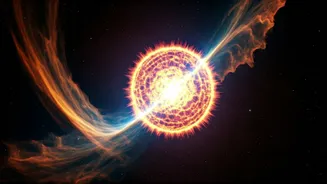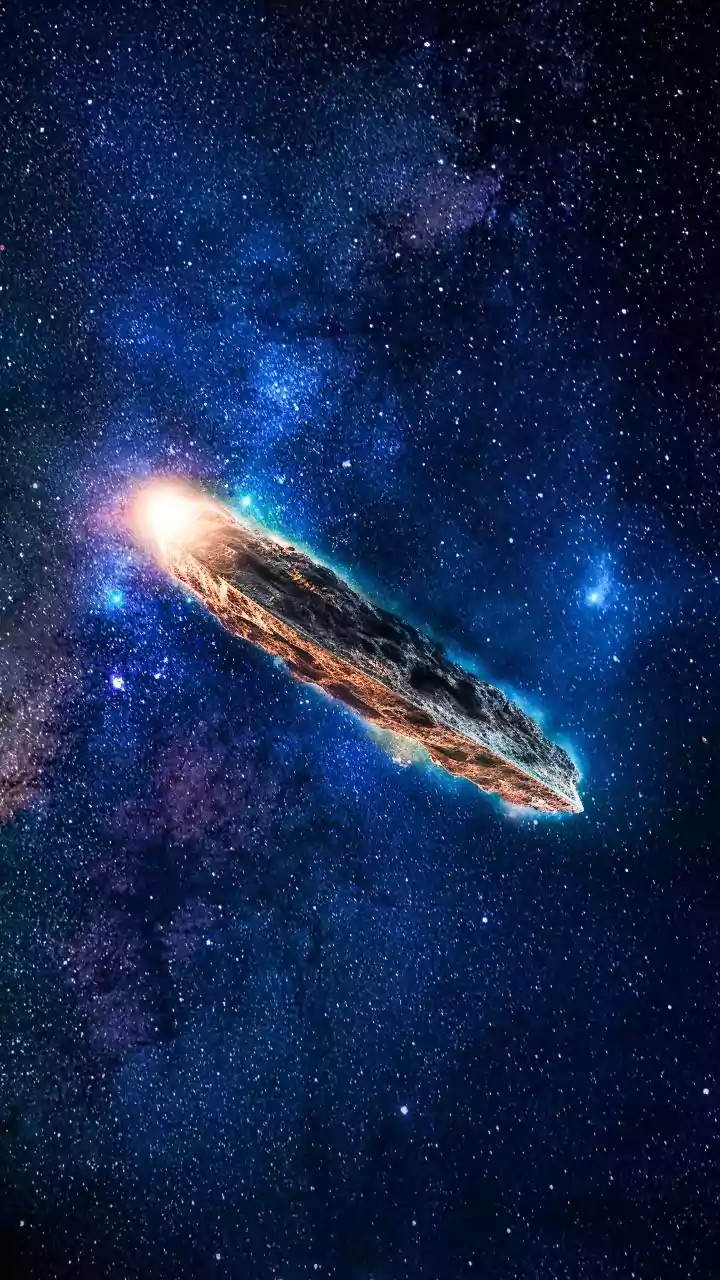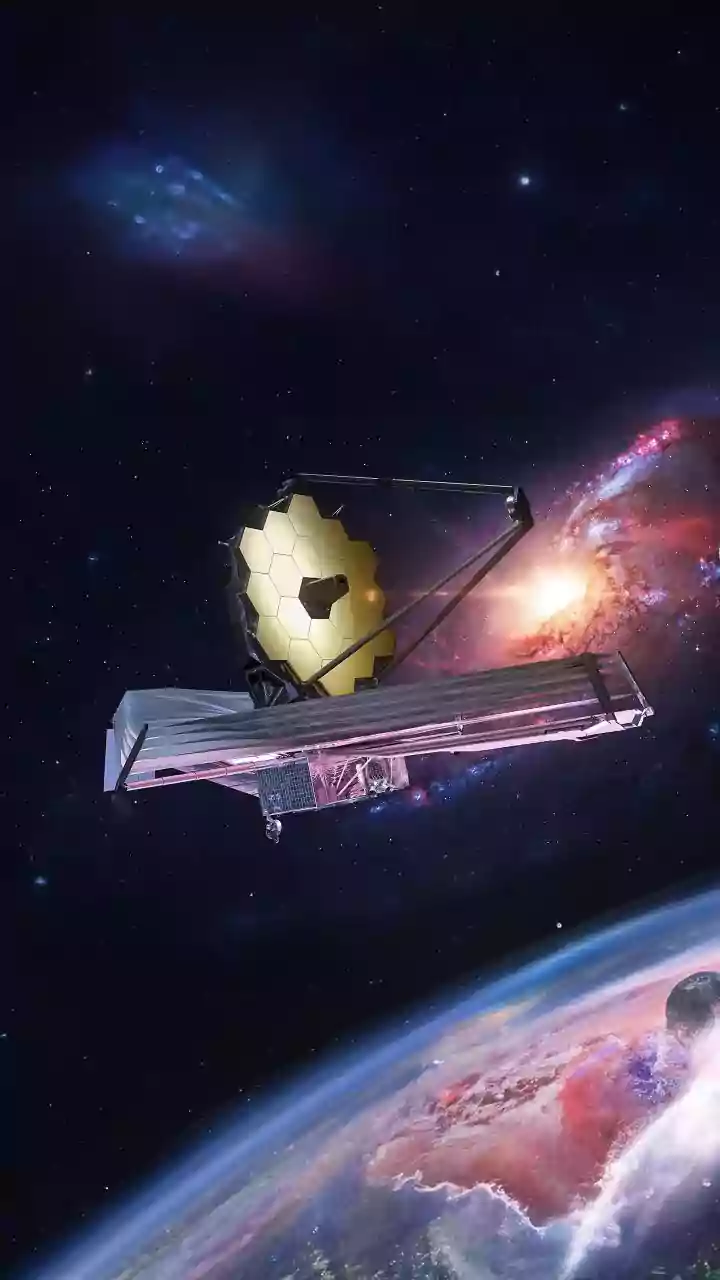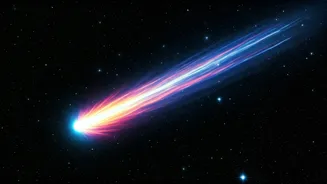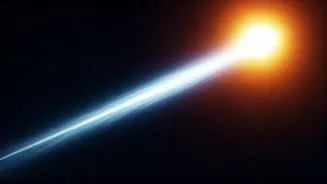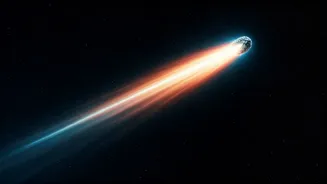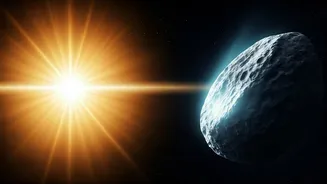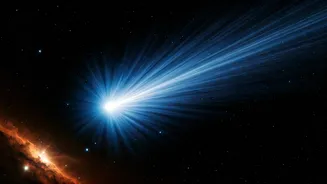Supernovas: A New View
Recent investigations into cosmic explosions, marking the violent ends of massive stars, have prompted a reevaluation of our understanding of how ejected
debris interacts with surrounding matter and how this affects the energy released. These investigations have brought up questions about established theories and have also led to the discovery of unusual events. For instance, some supernovas appear to be 'anti-social,' behaving in unexpected ways that contradict prior observations. Moreover, scientists are identifying new categories of supernovas that further challenge existing frameworks. Such discoveries not only enrich our understanding of stellar evolution but also offer crucial insights into the broader cosmic environment and the forces that govern it. This research continuously reveals that the cosmos is far more intricate and dynamic than previously imagined.
Unexpected Cosmic Events
The field is buzzing with the discovery of strange phenomena, like black holes unexpectedly consuming stars, leading to peculiar and extraordinary events. Another intriguing discovery involves 'forbidden' pulsars escaping supernovas, which are found in seemingly empty areas of the Milky Way, further showcasing the universe's surprising nature. Astronomers have identified a new type of supernova where a star is essentially stripped to its core. These observations highlight the diversity of cosmic occurrences and challenge existing assumptions about stellar behavior. The James Webb Space Telescope has also contributed to this, observing a dust-covered 'red supergiant' star just before its supernova, offering a rare look at the last moments of a star's life. These observations are opening up new doors of knowledge for scientists.
Impact and Future Research
These recent discoveries necessitate a reevaluation of how we perceive dying stars, supernovas, and the factors influencing their behavior. The implications extend beyond theoretical astrophysics, offering insights into the broader evolution of galaxies and the dispersal of elements throughout the cosmos. Further research is necessary to fully grasp the characteristics and consequences of these events. Scientists are using advanced tools, such as the James Webb Space Telescope, to investigate these cosmic occurrences. The ongoing exploration into cosmic explosions continually refines our models of the universe, and it drives future investigations. The data gathered from these events, including the study of gamma-ray bursts and the interaction of black holes with stars, is crucial for improving our understanding of the universe.
